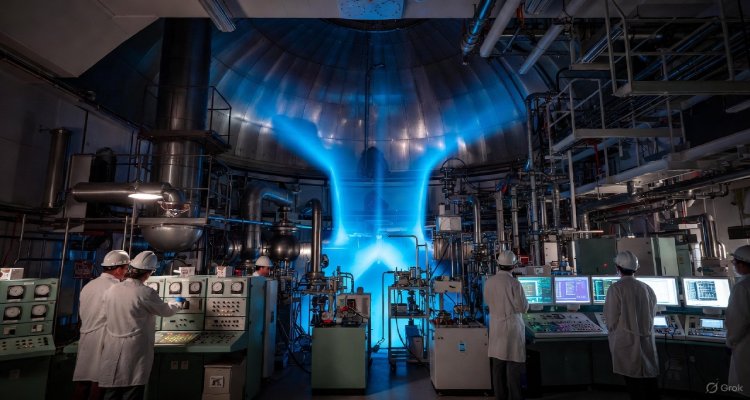Cosmic Architects: How Stars Build the Elements of Life
Stars aren’t just shining beacons in the night sky—they’re the forges where the essential elements of life are born. Discover how cosmic alchemy shapes existence.
Introduction: The Stellar Forge of Life
Long before life emerged on Earth, the raw ingredients for existence were being forged in the hearts of stars. Every atom in your body—from the oxygen in your lungs to the calcium in your bones—was birthed in a cosmic furnace billions of years ago. But how do stars become architects of life? The answer lies in nuclear fusion, supernovae, and the intricate life cycles of celestial giants.
Context & Background: From Hydrogen to Humanity
At the beginning of the universe, the Big Bang left a relatively simple chemical fingerprint: mostly hydrogen and helium. Heavier elements—those essential for life such as carbon, nitrogen, and iron—were conspicuously missing. Enter the stars.
Over the course of billions of years, the first generation of stars lived, died, and exploded, triggering a cosmic chain reaction of element formation. This process, known as stellar nucleosynthesis, is the reason our universe is chemically rich enough to host complex life.
Main Developments: How Stars Create the Elements
The Power of Fusion
Stars spend most of their lifetimes fusing hydrogen into helium in their cores—a process that releases immense energy and keeps them glowing. But as stars age, their internal chemistry changes. In more massive stars, fusion goes further: helium fuses into carbon, carbon into oxygen, and so on, building up elements as heavy as iron.
The Supernova Crucible
However, iron marks a turning point. Fusion beyond iron doesn’t produce energy—it consumes it. When a massive star runs out of fuel, it collapses under its own gravity, resulting in a spectacular explosion: a supernova. This cataclysm doesn’t just signal a stellar death—it’s a birth cry for dozens of new elements.
In the high-energy chaos of a supernova, conditions become extreme enough to create the heaviest elements—gold, uranium, lead. These are blasted into space, seeding the cosmos with the building blocks of planets, oceans, and eventually, living beings.
Neutron Stars and Kilonnovae
Recent discoveries have expanded our understanding of cosmic element creation. In 2017, scientists observed gravitational waves from the collision of two neutron stars—a phenomenon called a kilonova. The explosion was rich in heavy elements, confirming predictions that such events are vital in forming rare materials like platinum and europium.
Expert Insight: Voices from the Cosmos
Astrophysicist Dr. Natalie Batalha, a former NASA Kepler mission scientist, explains:
“We are literally stardust. Every cell in our bodies contains atoms that were forged in stars—some that died before our solar system was even born.”
Meanwhile, Dr. Brian Metzger, whose work helped predict kilonova signatures, says:
“The periodic table owes its existence to the life and death of stars. It’s the most poetic truth in science—that our origins are cosmic.”
The public reaction to such revelations often borders on the spiritual. As people learn that the iron in their blood and the calcium in their teeth were born in stellar cores, it reframes our sense of identity and connection to the universe.
Impact & Implications: Life, Legacy, and the Universe
Understanding how stars create life’s ingredients has implications far beyond astronomy. It touches on philosophy, biology, and the search for extraterrestrial life. If these elements are widespread in the universe—as supernovae and kilonovae suggest—then the conditions for life might also be common.
From a scientific standpoint, tracing these elements helps astrophysicists model galaxy evolution, star formation, and even the future of our own sun. It also informs space exploration priorities, guiding missions to study asteroids and exoplanets rich in life-essential compounds.
Conclusion: We Are Stardust, and So Much More
The story of the elements is the story of us. From the ashes of dead stars, life found a way. Cosmic alchemy, played out over billions of years, forged the material for planets, oceans, and sentient beings capable of wondering where they come from. And as we peer deeper into space, searching for answers, one thing becomes clear: we are not just in the universe—we are the universe, contemplating itself.
Disclaimer : This article is for informational purposes only. Scientific interpretations may evolve with new discoveries. Always consult peer-reviewed sources or professional astronomers for academic or research-related inquiries.











